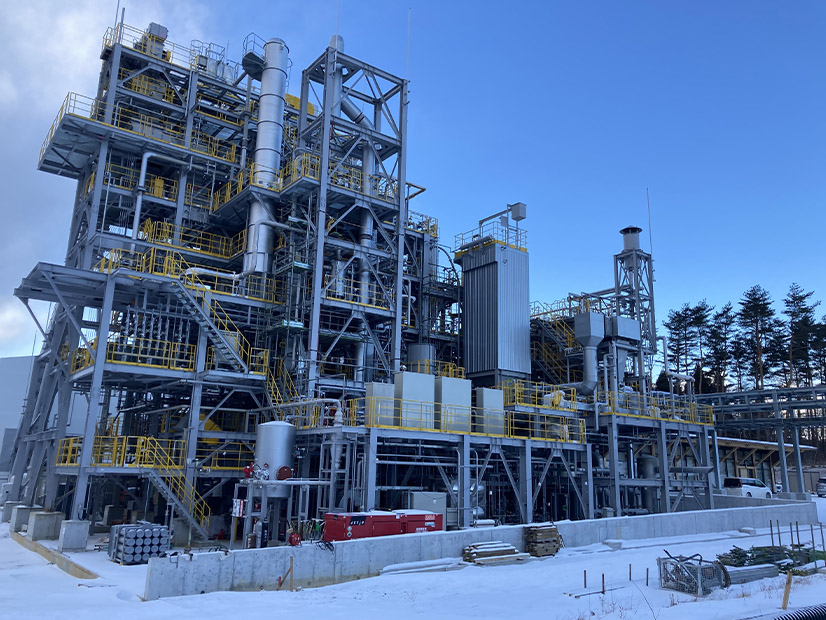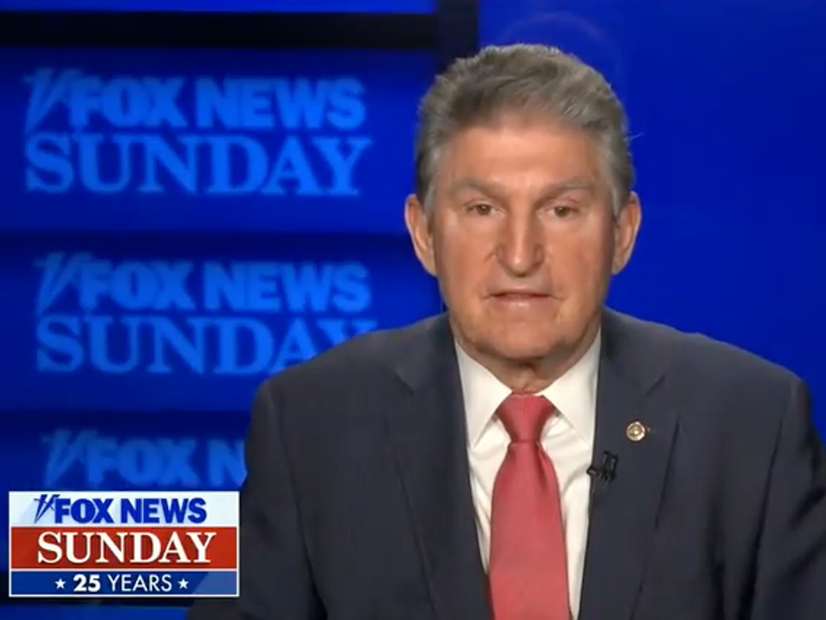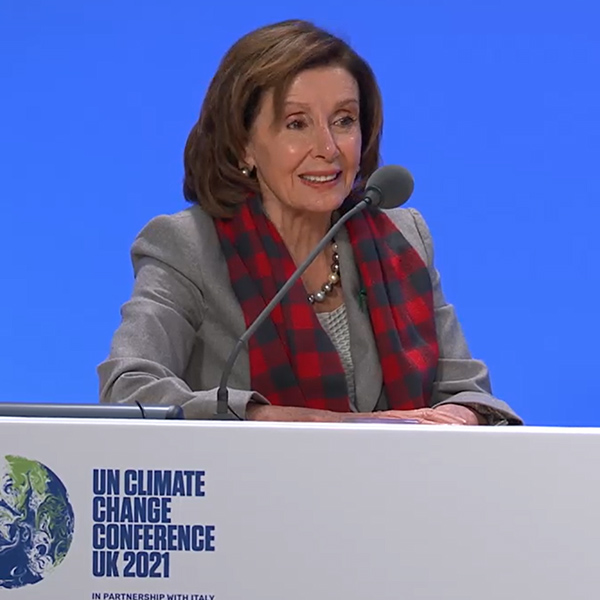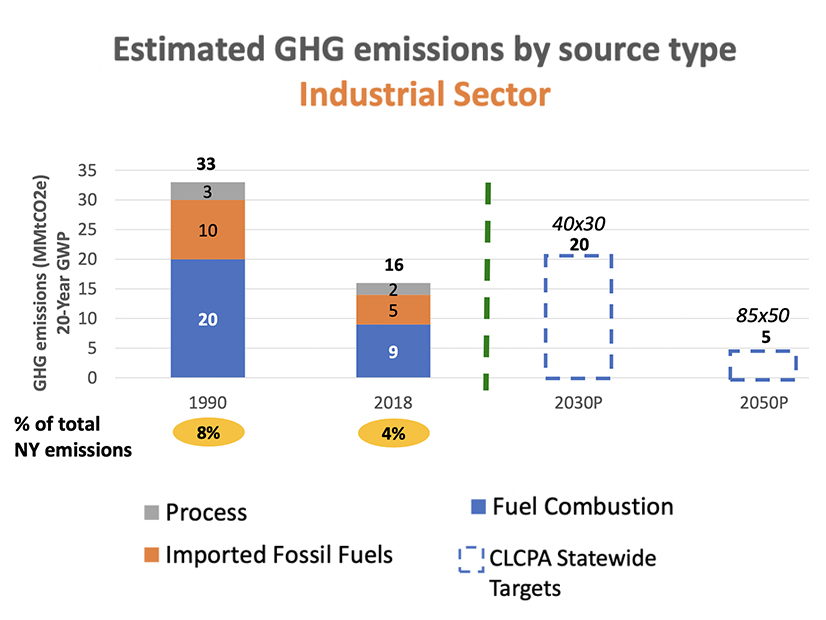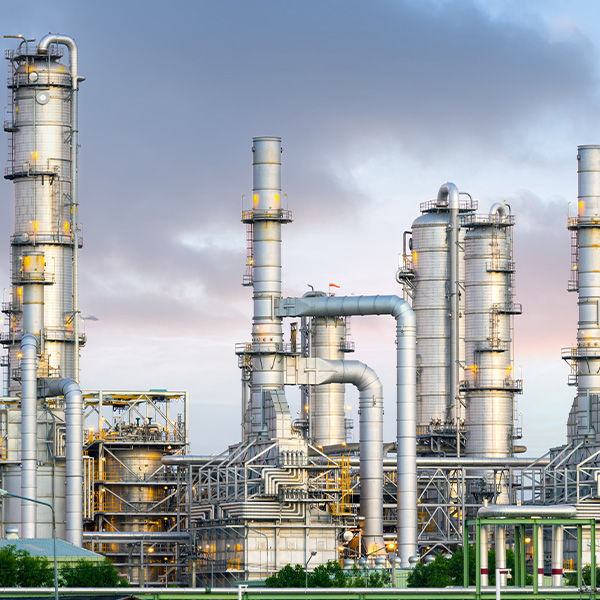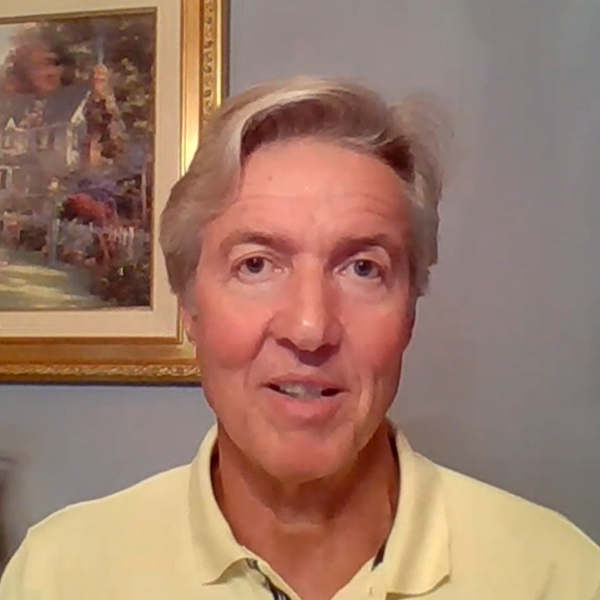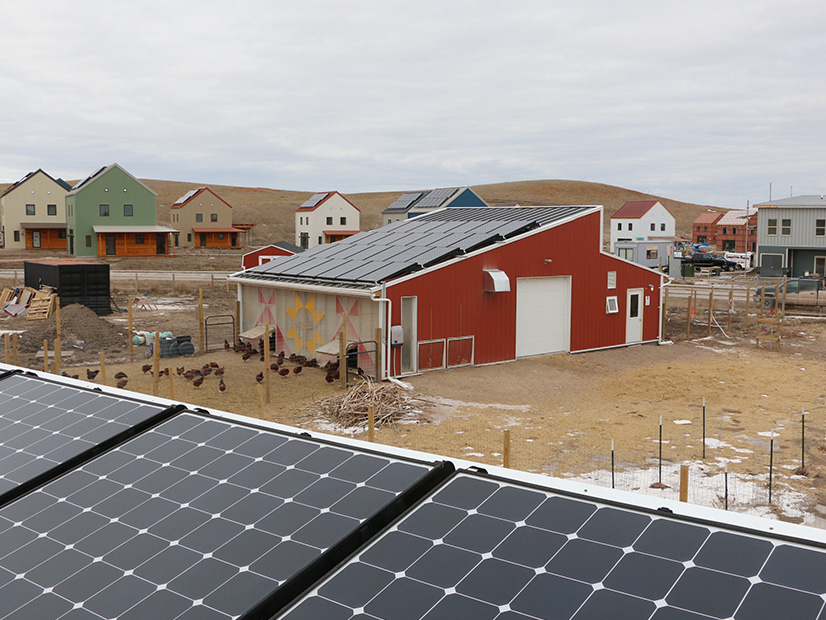carbon capture and storage (CCS)
Tax credits in the Build Back Better Act could increase carbon capture capacity 13-fold while taking 290 million tons of carbon out of the atmosphere per year.
Work on the Democrats’ $2 trillion climate and social spending package came to a screeching halt as Sen. Joe Manchin said he could not vote for the bill.
A Glasgow press conference set the stage for battles ahead as Dems head back to Capitol Hill determined to pass the $1.75 trillion budget reconciliation bill.
The Hawaii Climate Change Mitigation and Adaptation Commission met last week to recap its progress over the past year and set the stage for the UN's COP26.
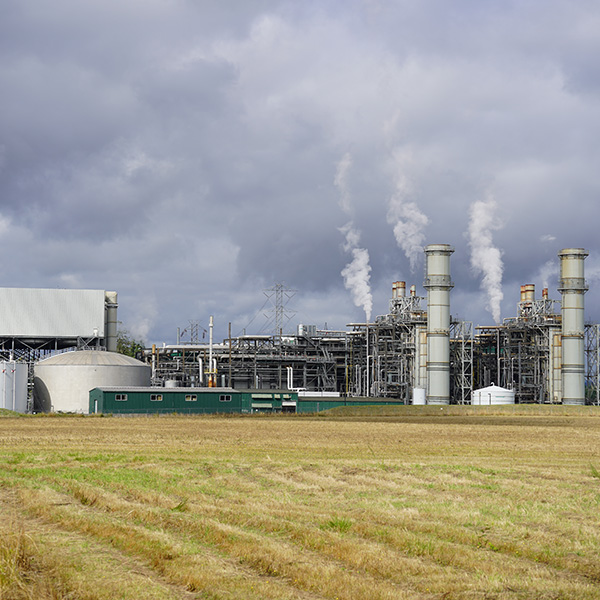
Steven Baltakatei Sandoval, CC BY-SA-4.0, via Wikimedia
There are 135 CCS facilities in the global pipeline, but the sector has a lot of room to grow, says Jarad Daniels of the Global CCS Institute.
Activists and consumer advocates in New York want to see less industry influence on clean energy policy recommendations to the state.
The actions needed to harden Vermont’s infrastructure against climate change likely will include utility upgrades such as microgrid projects and smart grid technologies.
Policies calling for reductions in CO2 emissions have transformed hydrogen from an oil refinery chemical to a top production priority for oil and gas companies.
A two-day Policy Makers Symposium at National Clean Energy Week provided insight into the mainstreaming of the clean energy transition in the U.S.
The Department of Energy's LEAP program will provide technical assistance to help environmental justice, low-income and coalfield communities develop clean energy projects.
Want more? Advanced Search
